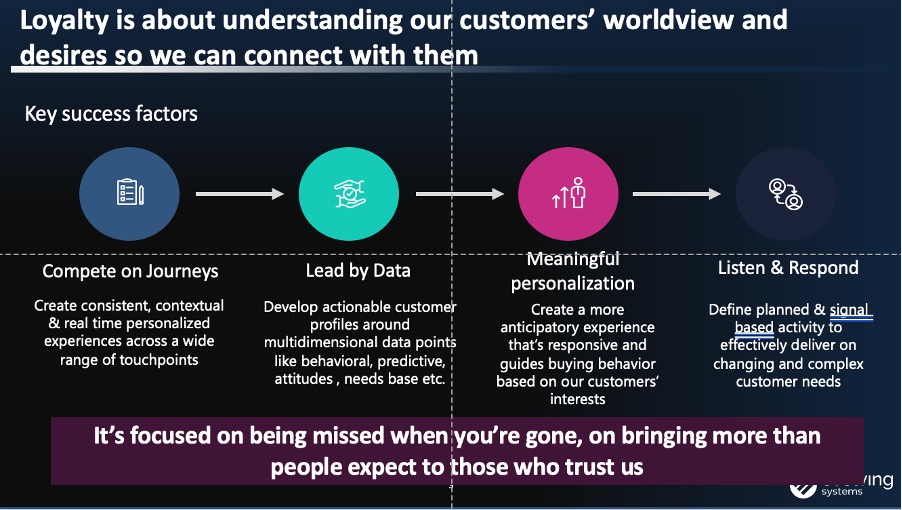CX in 2021: A Look Back, a Look Forward
Nothing personal?
With this in mind, personalization should now be a top priority for application leaders working on digital commerce and customer experience. An effective personalization strategy enhances customer experience, leading to reduced costs as well as increased revenue from greater satisfaction, loyalty and advocacy. In the middle of an unavoidable period of digital transformation, the methods of customer engagement have completely changed.
Today, if enterprises want to attract and retain their customers, they must first realize that they can no longer compete on products or price alone; it’s too easy for customers to get the same or a similar product at similar prices from multiple suppliers. This means the new competitive battlefield is the customer experience offered, which translates into a requirement for providing a superior experience to that of your competitors. A crucial part of this—and of the overall customer lifecycle—is making the customer buying journey easier and more fulfilling. You can do this by recognizing customers across channels, knowing customers intimately and identifying their needs as early as possible in their journey. Sellers must provide experiences tailored to each individual customer by proactively identifying each customer's unique preferences, needs, context and motivations, in order to serve content that resonates not only in digital stores but also in other channels.

Figure 1: Holistic Loyalty Building
click to enlarge
Technology drives experience
How can this be done? First, by using customer data management technologies to deliver better customer experiences. Today’s consumer expects a personalized experience wherever they engage with a brand, yet most organizations still cannot deliver one across all channels. Such organizations are often viewed as providing an inferior experience. Multiple ways exist to personalize a customer's experience in the physical and digital worlds and, as these two worlds converge, personalization becomes even more challenging at the same time that it becomes more desirable for customers. The reality is that most organizations have little knowledge or expertise on how to execute a successful digital personalization strategy. They struggle with identifying the right set of metrics to measure positive outcomes. All of this suggests that partnering with marketing, sales and customer service counterparts, application leaders responsible for supporting customer experience and digital commerce technologies now represents a critical step that should lead organizations towards



















